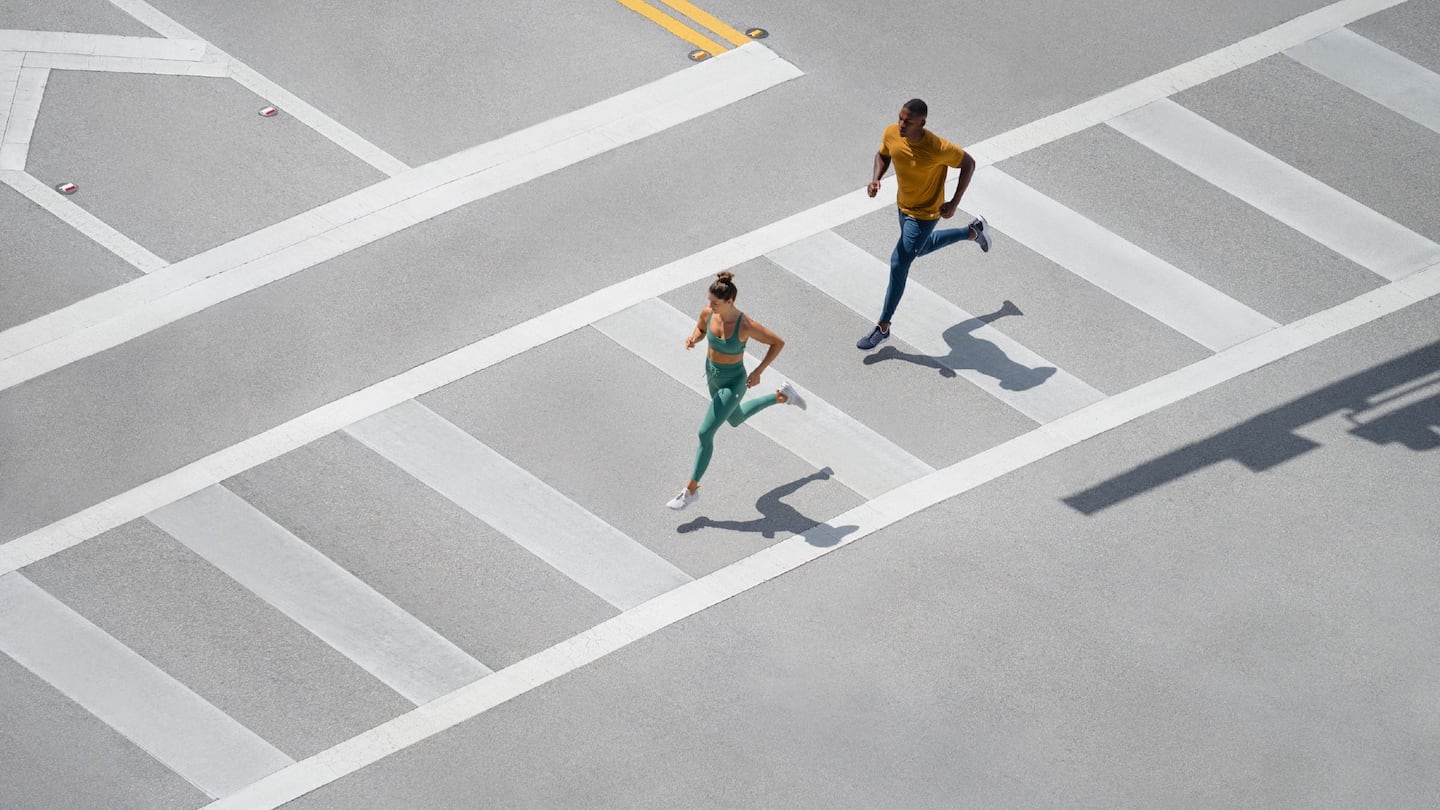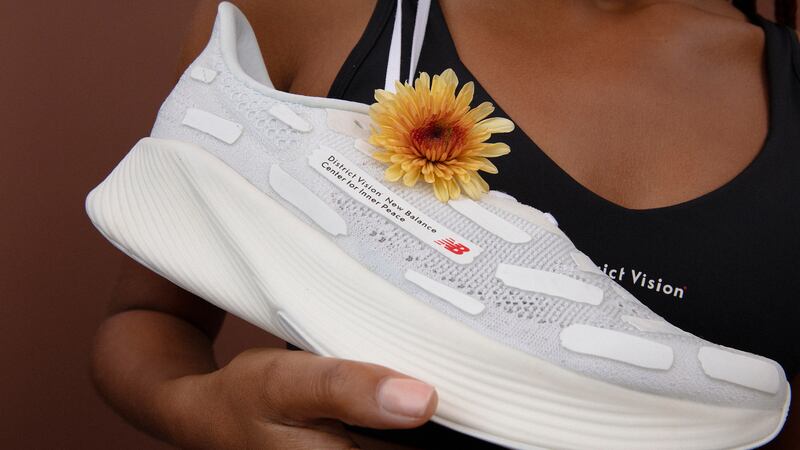
The Business of Fashion
Agenda-setting intelligence, analysis and advice for the global fashion community.

Agenda-setting intelligence, analysis and advice for the global fashion community.

Before its global investors and billion-dollar valuation, Vuori was a local niche retailer, selling men’s yoga clothes in Encinitas, Calif.
In those early days, founder Joe Kudla lacked the money to invest in wide-reaching online ads. Instead, he hosted local pop-ups, where yoga instructors received free clothing and helped spread the word on their social media.
Soon, word-of-mouth grew, eventually piquing the interest of investors. Since launching in 2015, Vuori has grown by an annual average of 250 percent, debuting new categories and expanding to womenswear too. Last year, it received a $400 million investment from Softbank’s Vision Fund, which valued it at $4 billion.
The opportunity for brands like Vuori has been tremendous, especially since the pandemic. Buoyed by sustained consumer demand for comfortable clothing, the global sportswear market was worth €295 billion ($384 billion) in 2021, according to McKinsey & Company, and is expected to grow to €395 billion by 2025, at a rate of 8 to 10 percent a year.
ADVERTISEMENT
But breaking in isn’t so easy. Newcomers must infiltrate a highly consolidated market dominated by Nike and Adidas, competing against their global distribution and high-budget marketing campaigns. An even tougher task is convincing lifelong customers of these established retailers that an unknown brand could have better products that sometimes cost more.
Still, scaling a sportswear start-up doesn’t mean having to take Nike, Adidas or New Balance head-on. Vuori is among a new class of fast-growing activewear labels including Alo Yoga, Gymshark and Fabletics, all of which are successfully grabbing market share from top players. In order to stand out, many of these brands have created specialised, fashion-forward products and built communities around underserved interests. They’re also capitalising on a lifestyle trend that emerged 20 years ago around the idea that everybody can be active — not just professional athletes. UK-based Gymshark, for instance, was able to cut through the noise by building its brand around everyday gym-goers rather than elite athletes.
“[These] brands have been able to find niche spaces to thrive in,” said Cristina Fernández, a senior analyst at Telsey Advisory Group.
The Power of Community
Before Vuori went national, it was crucial to first embed the brand in Southern California’s surfing and yoga communities, according to Kudla.
“We wanted to get our product in the hands of regular people in the area who lived in activewear all day because of their outdoor lifestyles,” said Kudla. “Word-of-mouth quickly began to grow our business.”
This was the beginning of Vuori’s micro-influencer programme that today comprises 15,000 partners, including personal trainers, yoga teachers and other wellness professionals.
Gymshark, too, made a name for itself by tapping into the humble local gym, one trainer or amateur bodybuilder at a time, relying on them to be ambassadors for the brand on social media. On its social channels, Gymshark posts relatable memes and catchy hashtags. In gyms around the world, the company has held open workout sessions, building its base of die-hard fans.
ADVERTISEMENT
Tapping into a special-interest community in order scale a brand isn’t a new idea. The same approach was deployed by Nike with runners in its hometown of Portland, Ore. in the 1970s and Lululemon with yoga — back then, a hot new trend — in the ’90s.
A Niche Product
Creating a product that’s tailored to a specific need also enables brands to tap into that initial community of “super fans” and stand out among generic sportswear makers, according to Richard Kestenbaum, a retail and consumer investment banker and co-founder of Triangle Capital.
As joggers living in New York City, Tom Daly and Max Vallot often lamented the lack of appropriate eyewear. Few sports sunglasses on the market were specialised for running, and the options weren’t much to look at.
At the time, the duo both worked in fashion marketing: Daly at Acne Studios and Vallot for Saint Laurent. Combining expertise with a shared hobby, they set out to create their own solution to the problem. In 2015, the pair launched District Vision, a line of performance sunglasses that are comfortable, oil-and-water resistant and, most critically, stylish enough to wear on the streets, post-run.

Today, District Vision carries running apparel too, working with a selection of luxury retailers including Ssense, Dover Street Market and Browns. It saw sales double last year.
“Nothing starts without a great product,” Kestenbaum said. “And these early adopters will do the marketing for you by telling their friends and networks.”
From there, brands are able to invest in expansion — producing products in other categories, expanding production capabilities and building their businesses with key hires, he added.
ADVERTISEMENT
A Gentler Message
Brand messaging is another essential strategy for differentiation.
Unlike Nike’s campaigns that glorify athletic excellence, Gymshark promotes a message of “belonging to that tribe of fellow gym junkies, rather than needing to be the best, the strongest or the fastest,” said Nick Geoghegan, strategy director at Eatbigfish, a consultancy specialising in challenger brands.
District Vision, too, avoids the typical sportswear rhetoric of “no pain, no gain,” instead highlighting the importance of mental health by offering customers courses on mindfulness.
“Previously, marketing by brands like Nike was all about pushing yourself as hard as you can,” said Vallot. “But in the last 10 years, consumer identity has really developed, to the point where now you can be a runner but also care about yoga or meditation. We saw an opportunity to promote mindfulness and a slower approach to sport.”
Brands like Adidas and Gymshark are spending time, money and resources to update their sports bras, a product they see as crucial to winning over female customers.
Workout clothes have been a bright spot in the struggling apparel sector this year, but independent brands need to play smart to turn the current bump into long-term success.
Much like denim before it, activewear is increasingly being integrated into daily attire and going premium.

Daniel-Yaw Miller is Senior Editorial Associate at The Business of Fashion. He is based in London and covers menswear, streetwear and sport.
The DTC bust of the past two years has casted a cloud on the sector, but emerging fashion brands with a better handle on supply, demand and customer retention are seeing profitable growth.
In London, where independent labels have been hit hard by the implosion of key stockist Matches, brands like Clio Peppiatt, Marfa Stance and Completedworks have grown direct-to-consumer businesses that peers can learn from.
Apparel start-ups founded on the promise of offering men the perfect T-shirt are proving resilient in an otherwise dreary DTC sector rampant with fire sales, bankruptcies and steep revenue declines.
Apparel brands Knot Standard and Billy Reid are teaming up in a move investors say we may see more of as fashion start-ups seek alternative funding routes to grow their businesses.